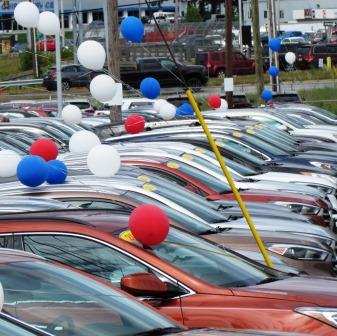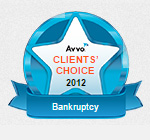
New cars usually bring a sense of excitement and achievement. At the same time, will massive new regulations push car prices beyond the reach of average Americans? Will new cars be any safer and reduce highway fatalities and car accident injuries?
Go back to 2018 when the federal government proposed a rule called the “Safer Affordable Fuel Efficient Rule” or SAFE. Backed by the Environmental Protection Agency and the National Highway Traffic Safety Administration, the new standards targeted new fuel economy and greenhouse gas standards for all model year 2021-2016 passenger cars and light trucks.
EPA and NHTSA back the new rules even while acknowledging that U.S. carmakers struggle to meet existing fuel economy standards. In a June 20, 2019 statement NHTSA claimed that consumers are more likely to upgrade to newer, cleaner, safer cars but only if the cost of imposing the new regulations does not push the price of new cars out of reach.
“Today, we are facing an affordability crisis in the new car market. The average price of a new vehicle exceeds $37,000, and new vehicle prices have risen 29% in the past decade, while median family income grew only 6% during that period.”
National Highway Traffic Safety Administration Deputy Administrator Heidi King – June 20, 2019.
New Car Rules on Fuel Efficiency. Worth It?
So, federal agencies continue their drive to enhance new rules on carmakers. EPA research confirms record fuel economy gains in newer vehicles. At the same time, all but three of the 13 major auto makers failed to meet performance targets for the 2017 model year.
The auto regulators admit problems. As fuel economy in new cars goes up, so too do manufacturing costs. Each new fuel economy improvement “becomes much more expensive” according to the NHTSA Deputy Administrator compared to lower cost technological improvement options already available.
The new SAFE rule sets up what’s called maximum feasible standards. The point of it all seeks to encourage next-generation highly fuel efficient vehicles with newer technology. What technology is envisioned?
- Hydrogen Fuel Cell Vehicles
- Newly Designed Battery Electric Vehicles
- Newer Hybrids & Plug-In Hybrids
- Diverse Designs & Power Trains
In drafting the final SAFE rule, regulators seek public comment and input. And they claim they are looking at all available current engineering and economic information, data and science.
Initial 2018 proposals brought standards seen as going too far even by the EPA. So, federal agencies came together to work out what they now call a “preferred alternative”. Three goals said to be linked to the preferred alternative regulations:
- Reduce car accident fatalities by 1,000 per year
- Reduce cost of new cars by $2,340
- Achieve $500 billion cost savings in overall U.S. economy
A Department of Transportation “fact sheet” claims the newer proposal would prevent thousands of highway fatalities and injuries every year as opposed to earlier proposals included in a 2012 rule.
Will Car Buyers Accept Expense of Regulations?
If new car prices increase even the researchers admit more people will hold on to older cars. That makes no sense if highway safety is the goal.
A previous study confirmed that the older the car, the more likely the driver will die in a crash. Citing NHTSA data, Consumer Reports pointed out what it called an obvious conclusion. Most important, new cars bring a higher level of safety than old “rust buckets”. How much more danger? Here’s the data:
- A car 18 years or more older is 71% more likely to be involved in a fatal car accident than a car only 3 years old or newer.
- A car 8 to 11 years old is 19% worse than the 3 year old or newer vehicle.
- A 4 to 7 year old car brings a 10% higher risk of a fatal accident than the same newer car.
Certainly newer cars carry a higher level of safety, At the same time if car buyers hesitate to buy new cars due to high prices, they’ll keep their existing cars longer. So, in the long run the new regulations might look good in the lot. But the older more accident prone cars will stay on the road longer.
New Cars: Efficiency, Safety & Accidents
The author, attorney Andrew D. Myers practices personal injury law in Massachusetts and New Hampshire with offices in both states.
Previous blog articles focusing on the good, the bad and the ugly facts about new cars have looked at so called autonomous cars. Click here for “Self-Driving Cars: Will They Replace Humans Behind The Wheel?”
If you or a loved one have been injured in a motor vehicle crash through no fault of your own, contact the office now either through this website or by phone.
Sources:
Fact Sheet, U.S. Department of Transportation, # 080218, re: Safer Affordable Fuel-Efficient (SAFE) Vehicle Rules for Model Years 2021-2026.
Government Study Measures the Risk of Crash for Clunkers, Consumer Reports, September 27, 2013.
NHTSA Deputy Administrator King to Congress: SAFE Vehicles Rule Will Put More Americans in Newer, Safer Cars and Trucks, NHTSA Release, June 20, 2019.
Visits: 177




